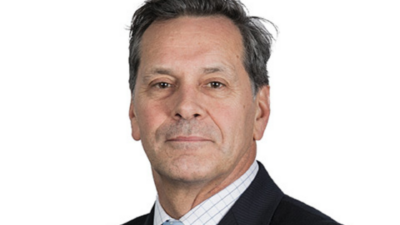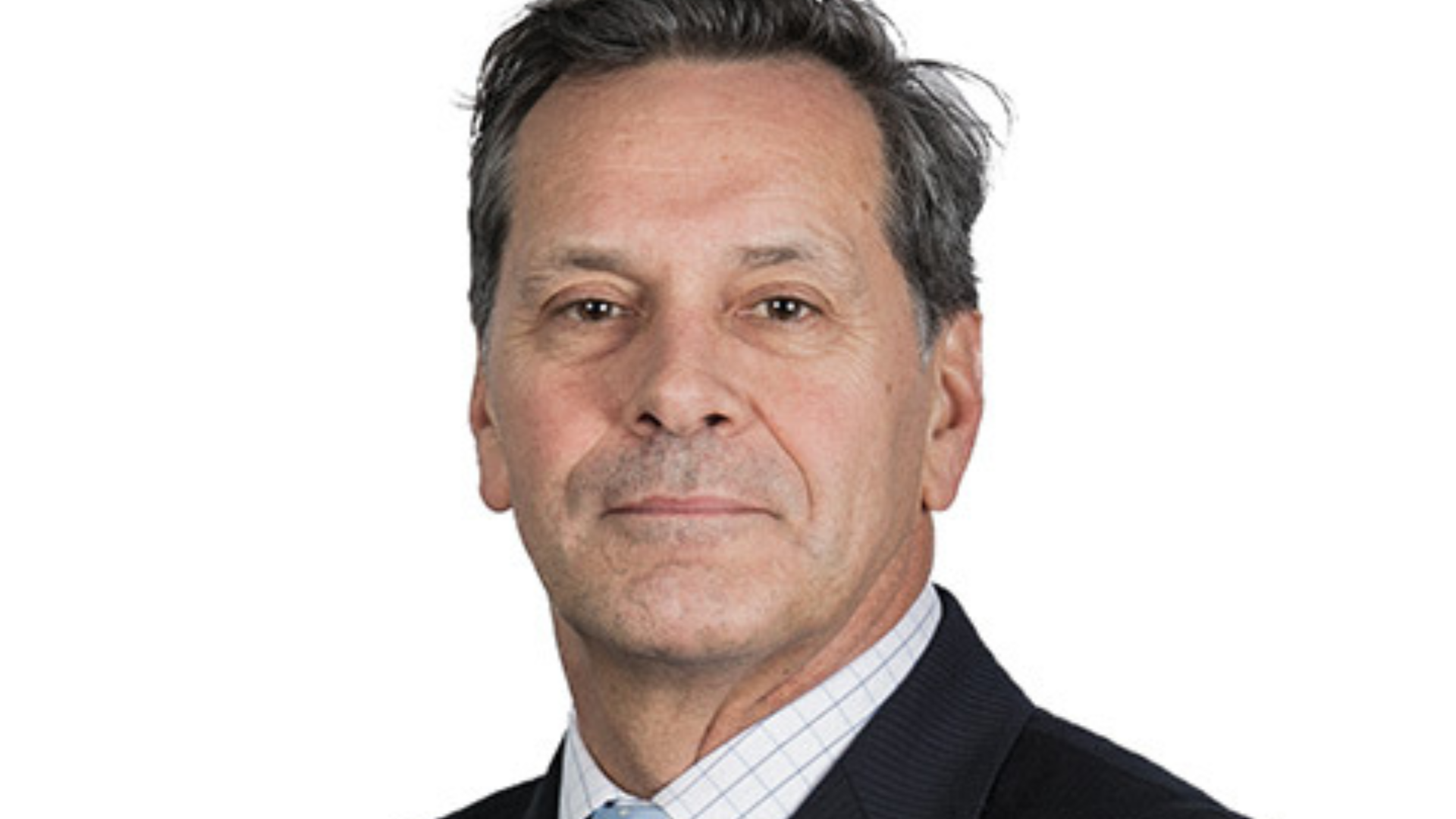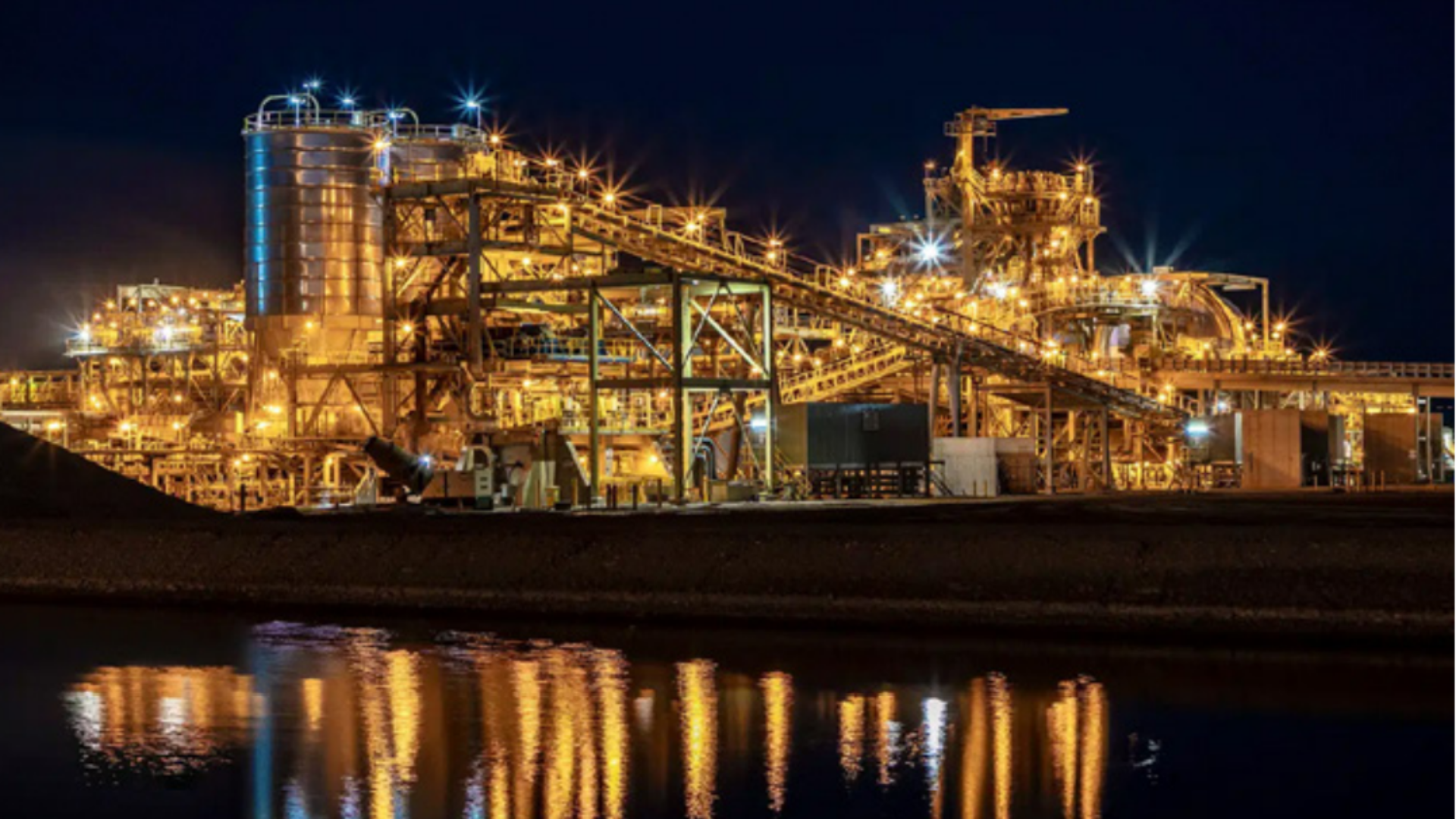What’s going on with Aussie bank valuations?
Pictured: James Gruber
Back in September last, the annual New York client conference of Bank of America Merrill Lynch, which always attracts some big-name Australian companies and fund managers, included several sessions at which speakers questioned the sustainability of valuations of the big four Australian banks.
Hedge fund managers were beginning to short the Aussie banks, attendees were told. Since then, the chorus of questioning has grown louder but the banks’ valuations have not corrected. Managers point out they are among the most expensive in the world and appear to have little fundamental support except for the retail-driven search for yield and a sentiment-driven run based on firming capital city house prices.
One Asia investment commentator, Asia Confidential’s James Gruber, a former fund manager, recently suggested shorting Australian banks, starting with Commonwealth Bank, as a way to protect a portfolio against a downturn in China.
This is his reasoning: “Mining contributed 50 per cent of Australian GDP growth in 2012 and that’s set to slow sharply. A China downturn would send that contribution into negative figures and that’s a big deal when mining contributes about 9 per cent to GDP.
“The Aussie banks are exposed to this slowdown, are among the most expensive banks in the developed world and have huge exposure to a mammoth property bubble which has ironically been driven by Chinese buyers of late. Commonwealth Bank is the most expensive bank in Australia and probably the most short-able.”
Last week, a client note from State Street Global Advisors pointed out that the four banks plus BHP and Telstra still account for 44 per cent of the Australian market’s total capitalization and 49 per cent of its contribution to total risk (volatility). The top six companies, including the four banks, have had a two-year PE expansion of 48 per cent, have delivered two years of earnings growth of minus 1 per cent and yet still have a five-year PE premium to average PE of 23 per cent.
SSgA, which was promoting its managed volatility alpha fund, challenged investors to ask their active equities managers to say what their weighting to the top six companies was. “If the weight is less than 20 per cent, then it’s our shout for lunch,” the author said.
The manager’s point is that most active equities managers will still hold bank shares at close-to market-cap weights even if they don’t like their prospects. This is all to do with business risk associated with potential tracking error.
The debate about the appropriateness, or otherwise, of market-cap indices versus alternative or fundamental indices rages on.










